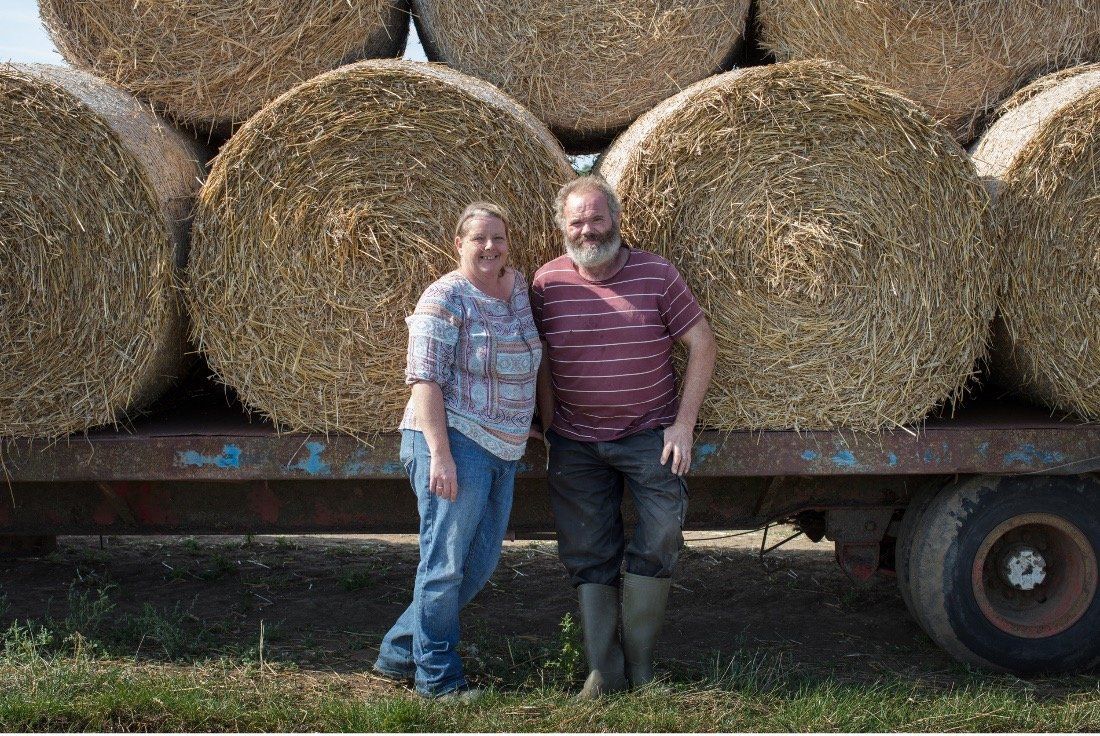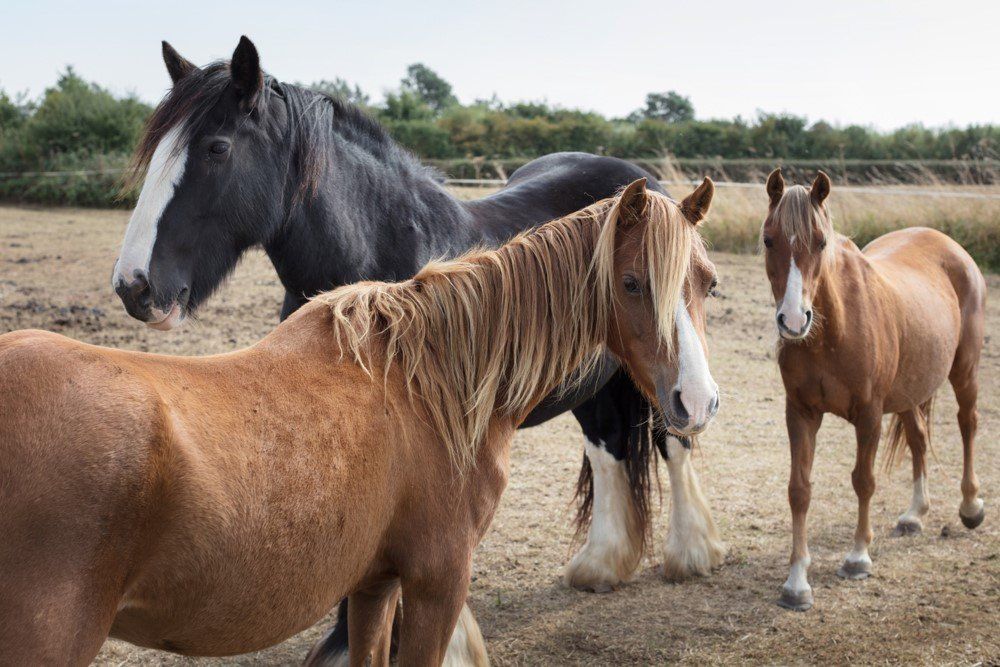Greenacres Smallholding Suffolk
Inspired by a childhood longing for the countryside, Jo Henderson shares her story from her life in London to her quest to champion regenerative farming in Suffolk.
She's planned to re-instate the boundary hedgerows at Greenacres Smallholding, with 420 saplings coming this November from the Woodland Trust as part of The Queens Green Canopy Project.
With an aim to be a Heritage Breeds Farm she's setting out to plant a Suffolk Heritage Orchard building a Cob House and Barn, to run the farm as it would have been before WWI, by hand and horse.
Greenacres Smallholding
One Sunday when talking to my Dad about what we were trying to achieve with regenerative farming practices, he mentioned he’d read an article about 3 farmers in East Anglia who were setting up a movement to re-wild 20% of their land and encourage others. Then very soon after there they were on Countryfile, I was so excited that I got straight on to doing more research and made our pledge.
Our Wild East Pledge is to re-instate the boundary hedgerows to the South of the site, we have 420 saplings coming this November from the Woodland Trust as part of The Queens Green Canopy Project. Just half of the number we need but it’s a start.
We are using a small herd of pigs to turn over half an acre of ground a year to get rid of perennial dock and thistle that have taken over.
We are mob grazing the meadow with the horses this Autumn to clear perennial rye grass and encourage wild flowers and mixed meadow grasses, Belle will be chain harrowing next Spring.
We aim to be a Suffolk Heritage breeds farm, using the livestock that were bred for the area and conditions in Suffolk to utilize them for all their original purposes.
We will be planting a Suffolk Heritage Orchard and building a Cob House and Barns, and digging ponds, in order that we can run the farm as it would have been between WWI & WWII, that is by hand and horse.
Greenacres Smallholding CIC(“Greenacres”), aims to be an all-inclusive, safe community where people from all walks of life, can come together to share in the beauty, peace and tranquility of the countryside, while improving the quality of the land and natural environment.
Suffolk is essentially a rural county, with strong farming and craft traditions dating back centuries. Traditionally farming was at the heart of the community, it provided work and sustenance, and a community was built around the need for labour. The school summer holidays were introduced in order that children could help to bring in the harvest.
Greenacres aims to re-engage people in working together, using traditional, regenerative methods of farming, to create a level of understanding of the work involved in livestock and arable farming, . that is, where your food comes from, how it is grown, and the amount of work involved in food production. By engaging people with nature-based activities will heighten their awareness of nature and the important role of every living thing on the farm.
We are offering membership of the farm and are active members of Community Supported Agriculture UK offering a share of the harvest to our members. We officially opened on 18th September this year and are actively seeking like minded people to become farm members, and volunteer on our journey as we turn the clock back to a time when we worked hand in hand with nature.
www.greenacressmallholding.co.uk
WildEast Blog

Powered by LocaliQ
Follow Us
SIGN UP FOR NEWS & UPDATES
Newsletter Sign Up
Thank you for signing up to our newsletter.
Please try again later.
Privacy / Terms & Conditions / Sitemap








